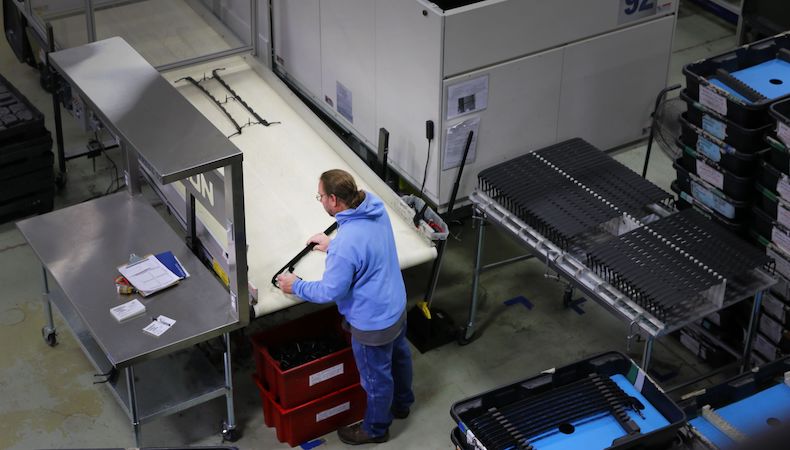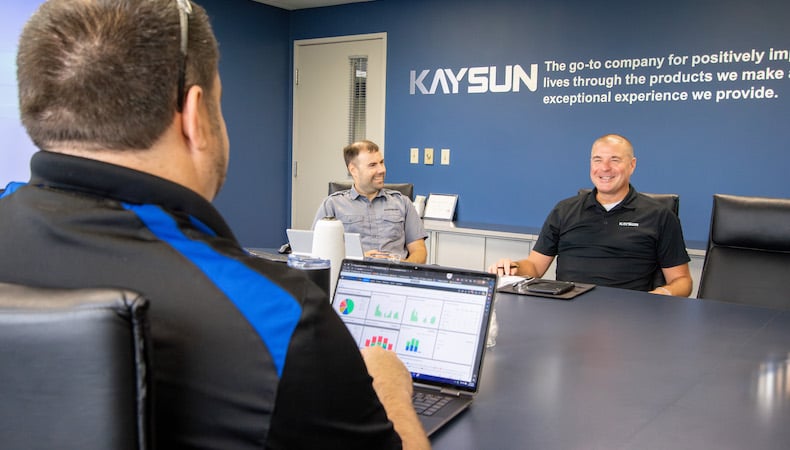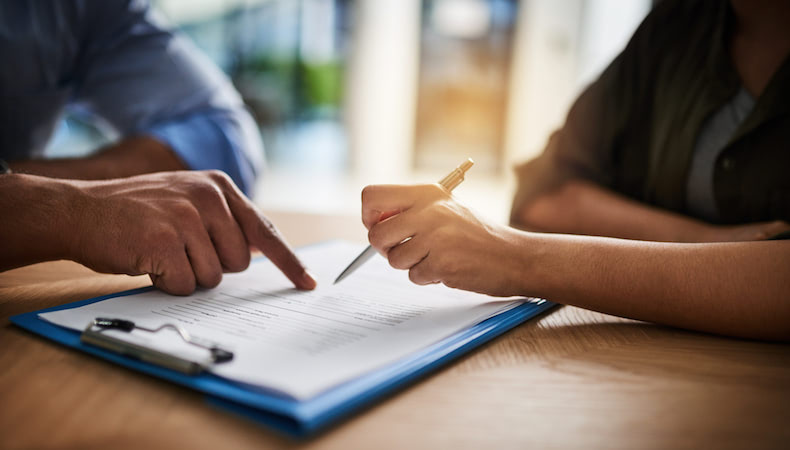Reshore? The Answer Lies in Total Cost of Ownership (TCO)

Outsourcing has long been a practical solution for manufacturers looking to keep budgets in check. Low-cost countries generally provide attractive price points for labor and products, especially when compared against those charged in North America. The lower the cost, the higher the competitive advantage.
Or so the argument goes. Then an unanticipated and devastating event such as the global pandemic strikes, and costs spike. Amid the crisis, one manufacturer saw a nearly sixfold increase in air shipment rates — from $30,000 to $175,000.1 This one example demonstrates how quickly any perceived price and/or competitive advantage provided by offshoring can vanish.
As a result, reshoring has again come to the fore for North American manufacturers. However, making the decision between offshoring and reshoring should not hinge solely on ex-works price or landed cost. Other cost factors have a significant impact on the bottom line. They are the basis of Total Cost of Ownership (TCO) — the quintessential measure for determining the viability of domestic manufacturing.
Why TCO?
TCO examines all of the costs related to the acquisition, transportation, and storage of products within the supply chain. In total, TCO takes approximately 30 factors into account, including:
- Inventory carrying costs
- Travel costs to check on suppliers
- Intellectual property risks
- Shipping time and costs
- Currency fluctuations
Since traditional costing methods generally focus only on the price suppliers charge for an item, they miss anywhere from 20-40% of the actual acquisition costs that TCO catches.1
Tightening up accuracy around the numbers using TCO and, specifically, the Total Cost of Ownership Estimator®, gives manufacturers a true picture of their choice between offshoring and reshoring — and, often, low-cost countries aren’t quite the deal they appear at first blush. In fact, after running the TCO calculation, some manufacturers found that staying in the US is closer to a break-even situation, or may even be more profitable than offshoring.
Reshoring also gives manufacturers the opportunity to collaborate with domestic suppliers. Gaining greater control over certain aspects of a project could result in more cost savings associated with:
- Delivery times
- Product quality, innovation, and differentiation
- Engineering support, including DfM, resulting in long-term cost savings
- Responsiveness to customers
- Image/brand reputation
- Overall productivity
TCO is more than a tool. It’s a measure of success. Working with a custom injection molder like Kaysun that understands how TCO can influence reshoring decisions puts manufacturers in a position to make the best call for their company, in terms of budgets and products. Learn more in our eBook, 5 Steps to Get New Injection Molded Products to Market Faster. Click the button below to access your copy now.
SOURCE
1Thomas Industrial Survey, Coronavirus’ Impacts on North American Manufacturing, February 2020
Subscribe
TO OUR BLOG

How Do Injection Molder Partnerships Influence Project Costs?
You Might Also Like...

4 Ways Reshoring Remains A Win for American Manufacturing
International trade tensions have brought heightened awareness to reshoring. Recen…
READ MORE

Top 3 Custom Injection Molding Trends to Watch in 2025
Despite being considered more energy efficient and producing less waste than other…
READ MORE

Molder Effectiveness: Market Specialization or Supplier Diversification?
For companies that require tight-tolerance, sophisticated plastic injection moldin…
READ MORE
